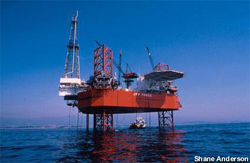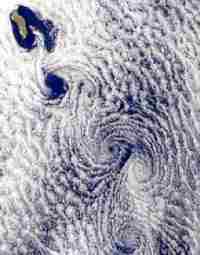
Areas of Application
Peter Oshkai > ResearchDepartment of Mechanical Engineering
University of Victoria


|
Areas of ApplicationPeter Oshkai > ResearchDepartment of Mechanical Engineering University of Victoria |

|
In many engineering applications, inherent flow instabilities can be greatly enhanced due to interaction with sound waves generated by acoustic resonances. For example, large-amplitude, self-sustained flow oscillations commonly occur in natural gas transport pipelines immediately downstream of the compressor facilities. It is suggested that these oscillations are due to the coupling between the flow instabilities that develop in the centrifugal compressor diffuser and the acoustic waves in the pipeline. Quantitative laser diagnostic techniques including digital particle image velocimetry (DPIV) are employed to investigate the nature of the flow-acoustic coupling and to develop methods of control of the flow instabilities.
Fuel cells commonly employ a system of connected mini- or microchannels to transport the fuel (e.g. hydrogen) and the oxidant (e.g. air) to the reaction site as well as to remove the resulting water from the reaction sites. For the proper operation of a fuel cell, it is imperative to maintain effective mixing within these channels. This presents a significant difficulty due to the fact that flows at this length scale are predominantly laminar. Quantitative flow imaging techniques are used to gain thorough understanding of the flow structure within the reactant transport channels and to develop effective methods of destabilizing the flow in order to promote mixing and reactant distribution. This research is conducted within the Institute for Integrated Energy Systems (IESVic).
This research focuses on the fluid dynamics and design aspects of replacement heart valves. The goal is to provide insight into the flow physics and to develop engineering methods of prediction of potential benefits of a valve replacement operation. The development of a realistic simulator of a human heart capable of reproducing the hydrodynamic characteristics of the blood flow through diseased ventricles and valves will allow significant progress to be made towards an optimum design of replacement heart valves without subjecting patients to unnecessary risks. Moreover, the ability to model in the laboratory a wide range of heart diseases in terms of hydrodynamic performance, in conjunction with accurate quantitative visualization techniques, will provide clinicians with a tool for quantitative estimation of the benefits of valve replacement operation for a particular patient.